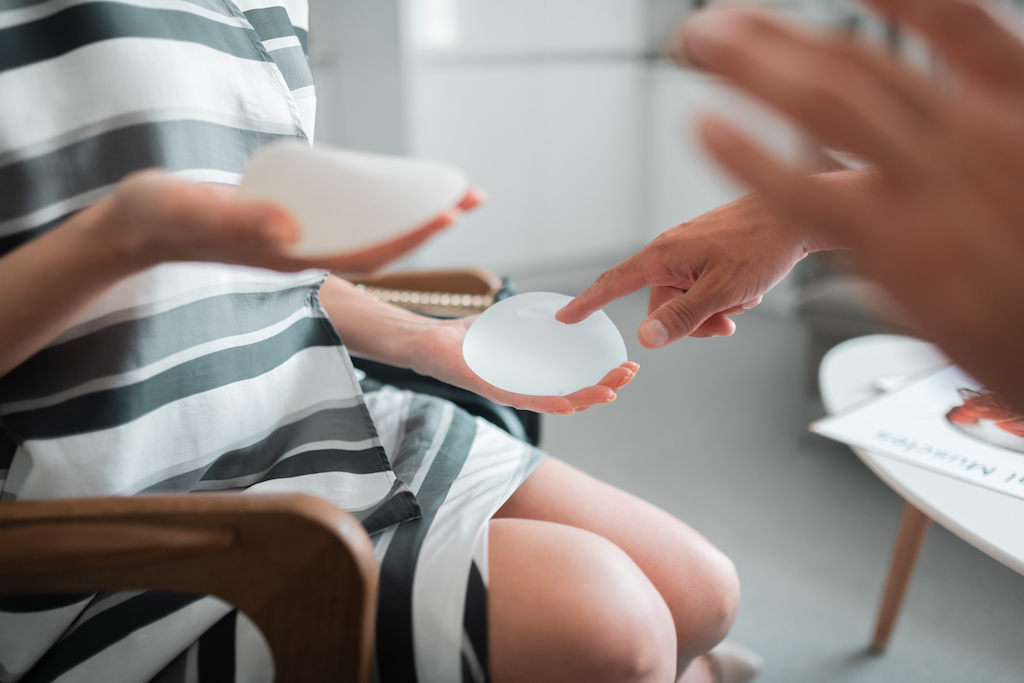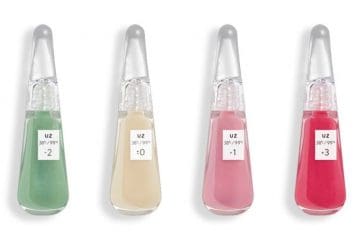 Photo Credit: Shutterstock
Photo Credit: Shutterstock
Breast augmentation with breast implants has held the rank as the most popular cosmetic surgical procedure in the U.S. since 2006. According to the American Society of Plastic Surgeons (ASPS), over 313,000 women opted to enhance the symmetry, size and shape of their breasts with breast augmentation in 2018 — a four percent increase from the year before. As more women continue to become interested in breast augmentation surgery, more questions continue to come up about the different types of breast implant, their safety and how long they are designed to last.
Breast implant devices, as we know them today, have been around since the 1960s, but today’s implants are the result of decades of research and clinical studies that have made them safer and more durable than ever before. The recent generations of breast implant models have provided women with stronger implant shells and more stable implant fillings that are designed to be incredibly long-lasting. However, if you are considering breast augmentation surgery or already have implants, you must understand breast implants are not considered lifetime devices, and there are many reasons why you may need to have them removed.
Why Would I Need to Have My Breast Implants Removed?
Technically speaking, breast implants never expire, but they can wear down over time. Saline implants, which contain a sterile saltwater solution, and silicone implants, which contain a cohesive gel-filling, are both composed of a thick silicone outer shell. While both types of breast implants can maintain their integrity for a decade or more in a woman’s body, the incidence of leaks or rupture increases over time. It is estimated that for both saline and silicone implants, the chance of rupture increases by one percent each year they are in the body. Though that may sound significant, it also means that after 10 years, there is still a 90 percent chance that the implants you have will still be intact.
Manufacturers of breast implants estimate that the devices should last an average of 10 years. Still, with normal wear-and-tear from daily activities, the friction between the implant and the interior structures of your breast can wear away at the silicone shell even if you’re careful. This wear-down can eventually cause the implant to leak or rupture. While the deflation of a saline implant will be apparent almost immediately, silicone ruptures are often called “silent ruptures” as they produce no noticeable symptoms and are commonly only detected by MRI imaging. Whether you have saline or silicone implants, a leak or rupture in your implant will need to be addressed by having the implants removed or replaced in a breast revision procedure.
Breast Implant Illness and Complications
In addition to complications with the implant devices themselves, women may also wish to have their implants removed due to health-related concerns or breast implant illness. Breast implant illness is an all-encompassing term that refers to several symptoms or diseases thought to be caused by their breast implants. These symptoms can range from chronic fatigue and breast pain to capsular contracture — a complication where the scar tissue surrounding the breast implant hardens and tightens.
As recently July 2019, specific models of Allergan textured breast implants have been recalled from the market worldwide due to studies linking them to a rare cancer known as breast implant-associated anaplastic large lymphoma (BIA-ALCL). Breast implant shells can be textured or smooth, with smooth implants having a flat surface and textured implants having a dimpled-surface that adheres to surrounding breast tissue. Textured implants have been associated with a higher risk of BIA-ALCL; however, if you have textured implants with no adverse symptoms, there is no need for concern. Though, if you are experiencing any uncomfortable symptoms, it is recommended that you follow up with a board-certified plastic surgeon such as Dr. Seify as soon as possible to ensure your implants are not the source of your pain.
Regardless of your reasons for breast revision surgery, for most breast revision procedures Dr. Seify will perform an en bloc capsulectomy whenever possible. The en bloc technique involves the removal of scar tissue within the breast, or the capsule, along with the implants at the same time. This is essential especially for implants that are filled with silicone, have ruptured or are very old to ensure no silicone, bacteria or chemicals leak into the body during surgery for your safety.
When is it Time to Schedule a Breast Revision Consultation?
While breast implants are designed to safe and long-lasting, it is more than likely that they will require additional surgery down the road. If you have concerns regarding the integrity of your current implants or are suffering from adverse breast implant illness symptoms, it may be time to schedule a breast revision consultation with Dr. Hisham Seify. Dr. Seify can carefully assess the current condition of your implants, check for leaks or rupture and expertly recommend the best course of action for you and your unique case. To learn more about the lifespan of breast implants and breast revision surgery, contact the office of Newport Plastic and Reconstructive Surgery Associates today at (949) 431-2086 to schedule your in-person consultation.
For more information, visit Dr. Hisham Seify's social media:





















